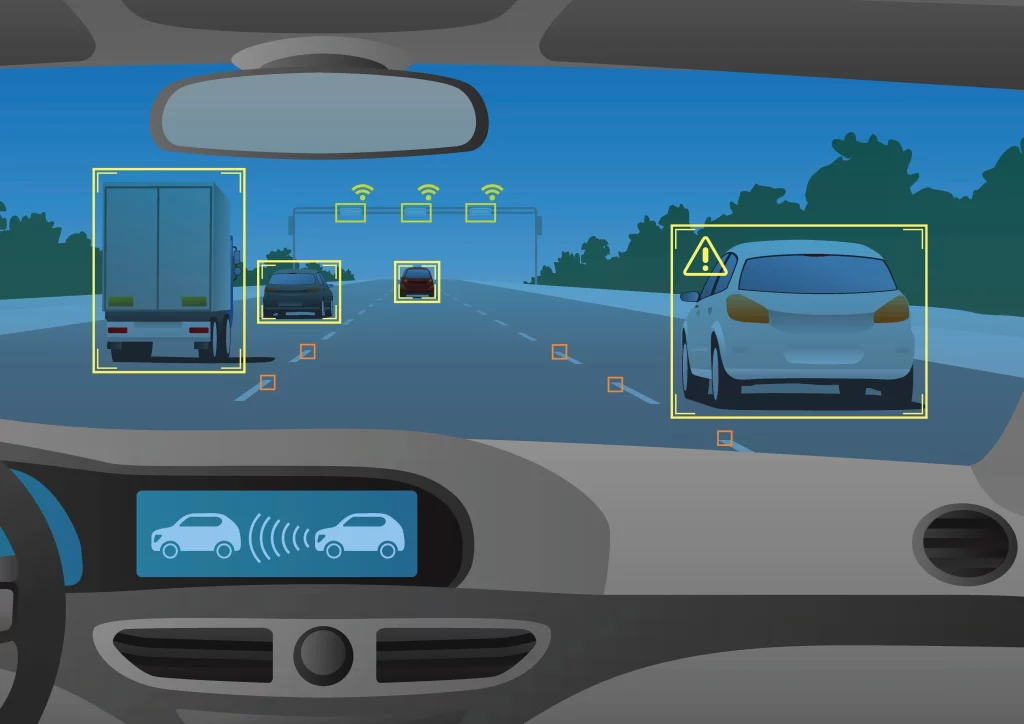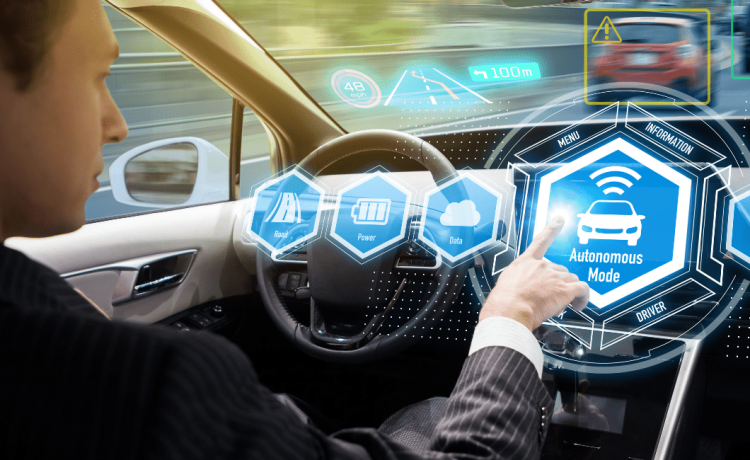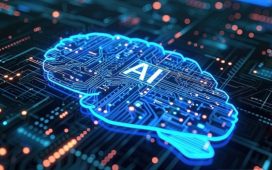In recent years, the world has witnessed an extraordinary technological shift in transportation. The emergence of self-driving vehicles, including autonomous cars and drones, is fundamentally reshaping our perspectives on mobility, urban planning, safety, and regulations. This article explores the dynamic landscape of self-driving vehicles and their profound impact on our daily lives and urban environments.
Autonomous Vehicles and Their Technology
The introduction of self-driving cars has captured the imagination of both technology enthusiasts and urban planners alike. These vehicles are equipped with state-of-the-art technology, such as LiDAR sensors, computer vision, and artificial intelligence, enabling them to navigate roads with minimal human intervention. The potential for safer roads, reduced traffic congestion, and enhanced accessibility for individuals with mobility challenges has trigger significant investment and innovation in this field.
Autonomous Drones and Delivery Systems

The realm of autonomous technology extends beyond land-based vehicles. The ascent of self-driving drones is composed to revolutionize how goods are delivered. Industries ranging from online retailers to healthcare providers are actively exploring the use of drones for efficient and swift delivery of products and services. However, this advancement also raises relevant questions about airspace management, privacy, and security.
Impact on Transportation and Urban Planning
Autonomous vehicles have the potential to revolutionize how we plan and design our cities. With fewer accidents and more efficient traffic flow, urban planners are visualizing road infrastructure to seamlessly integrate autonomous cars. Shared autonomous fleets and ride-hailing services may reduce the necessity for personal car ownership, freeing up urban spaces for parks, green-ways, and pedestrian-friendly zones. This transformation holds the promise of cleaner, more sustainable, and more livable cities.
Safety and Regulatory Challenges

While the prospects of self-driving cars are exciting, they come with their fair share of challenges. Safety remains a most important concern. Ensuring that autonomous vehicles can operate reliably in diverse weather conditions and handle unexpected scenarios is a complex engineering task. Moreover, the development of standardized regulations and liability frameworks is essential to guarantee the secure integration of autonomous vehicles into our transportation systems.
In summary, autonomous vehicles represent more than just a technological marvel; they constitute a driving force reshaping our world. The future of transportation holds immense promise, from self-driving cars navigating our streets to drones delivering packages to our doorsteps. As technology continues to advance and regulatory frameworks evolve, we stand at the edge of a transportation revolution that stands to benefit us all.







